Day 6:Kushinagar
Travel Date:November 29, 2012
Ramabhar Stupa
The Ramabhar Stupa, located in Kushinagar, Uttar Pradesh, India, is a renowned Buddhist site. According to Buddhist scriptures, this stupa marks the place where Siddhartha Gautama, the Buddha, was cremated after attaining Mahaparinirvana. Following his cremation, the Buddha’s relics were distributed among eight kingdoms for veneration, and the Ramabhar Stupa is believed to be the exact location of the cremation.
Standing approximately 15 meters tall, the stupa was historically a flourishing center for pilgrimage. The name “Ramabhar” may be derived from local traditions or geographical features. Today, it serves as an important pilgrimage site for Buddhists, attracting devotees and visitors from around the world.
The Ramabhar Stupa symbolizes the teachings of the Buddha and the essence of Buddhist faith, offering a space for reflection on impermanence and the attainment of Nirvana.
蓝毗婆塔
Ramabhar Stupa,位于印度北方邦的拘尸那迦,是一座著名的佛教遗址。据佛教经典记载,这里是释迦牟尼佛火化后安放舍利的地方。佛陀涅槃后,其遗体被火化,并将舍利分发给八个国家供奉,Ramabhar Stupa被认为是佛陀火化的确切地点。
该佛塔高约15米,历史上曾是一个繁荣的朝圣中心。它的名字“Ramabhar”可能来源于当地的传统或地理特征。如今,这里被视为佛教徒的重要朝圣地,吸引着来自世界各地的信徒和游客。Ramabhar Stupa象征着佛陀的教义和佛教信仰的核心,是反思无常和涅槃意义的重要地点。
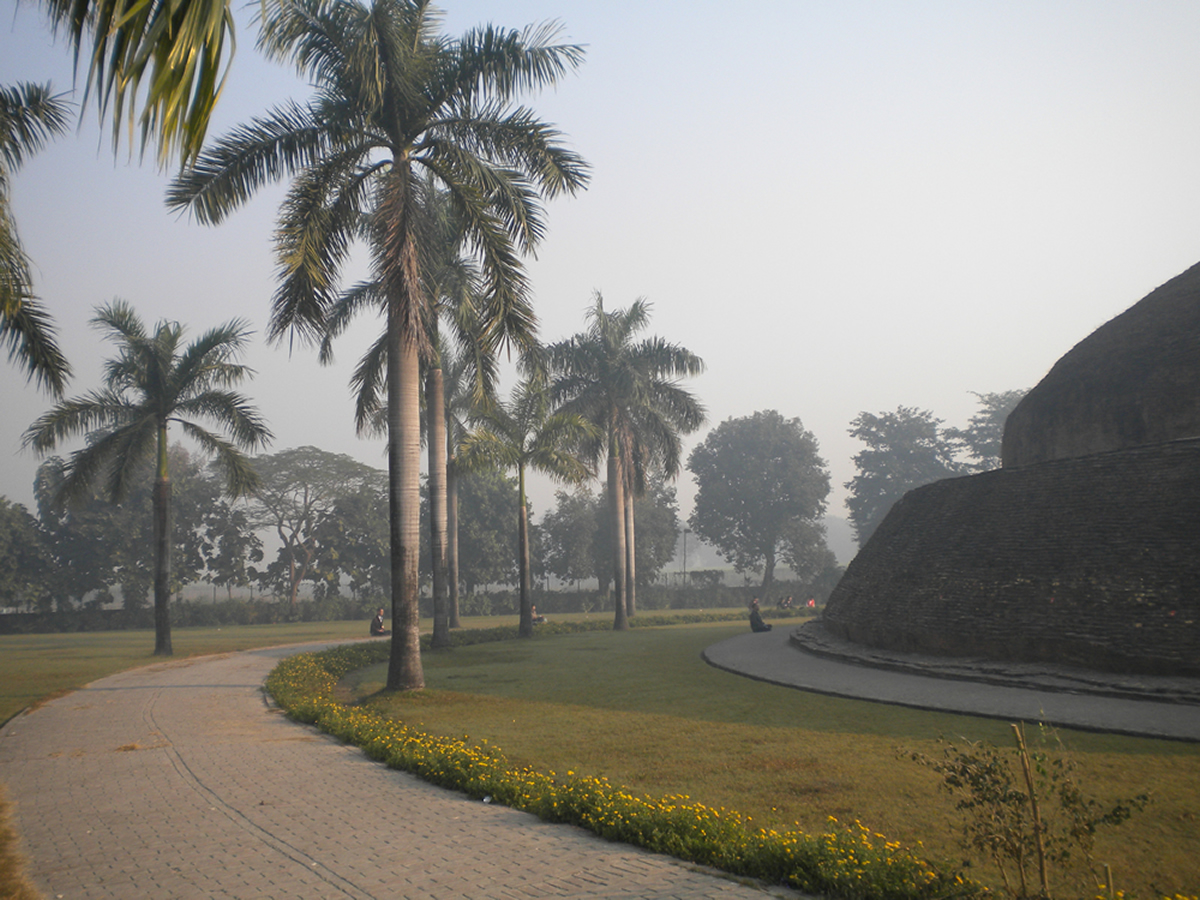




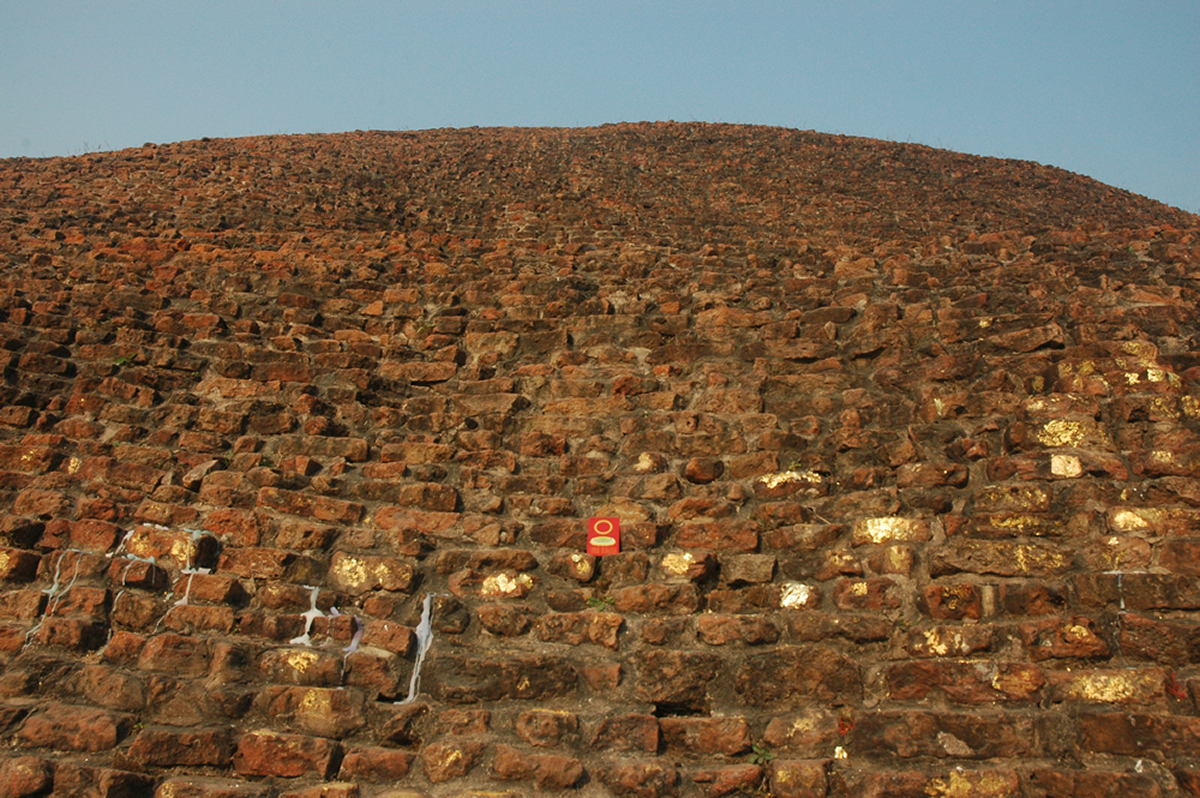




Kushinagar
Kushinagar is a renowned Buddhist pilgrimage site in ancient India, located in present-day Uttar Pradesh, India. It is famous as the place where Siddhartha Gautama, the Buddha, attained Mahaparinirvana (final nirvana). According to the Mahaparinibbana Sutta, the Buddha passed away peacefully between the twin Sala trees in Kushinagar. After his passing, his disciples conducted a grand cremation ceremony here, and his relics were distributed among various kingdoms for veneration.
Historically, Kushinagar was a flourishing Buddhist center with numerous monasteries and monastic communities. However, it gradually declined due to political and historical changes. Modern archaeological excavations have reaffirmed its historical significance, making it one of the most important pilgrimage sites for Buddhists worldwide. Key attractions include the Mahaparinirvana Temple, housing a reclining Buddha statue, and the Stupa of Relics. Kushinagar symbolizes the completion of the Buddha’s life journey and embodies the core Buddhist teachings of impermanence and liberation.
拘尸那迦
拘尸那迦(Kushinagar)是古印度一座著名的佛教圣地,位于今日印度北方邦。它以释迦牟尼佛在此涅槃(入灭)而闻名于世。《大般涅槃经》记载,佛陀在拘尸那迦的娑罗双树间安详入灭。佛陀涅槃后,弟子们在此举行了盛大的火化仪式,并分配舍利予诸国供奉。
历史上,拘尸那迦曾是繁荣的佛教中心,拥有大量寺院与僧团,但后来因政治和历史变迁逐渐衰落。现代考古发掘重新确认了此地的重要地位,现已成为世界佛教徒瞻仰和朝圣的圣地之一。主要景点包括大涅槃寺(Mahaparinirvana Temple)和供奉佛陀涅槃像的舍利塔。拘尸那迦象征着佛陀圆满的一生,也是佛教信仰“无常”与“解脱”核心教义。







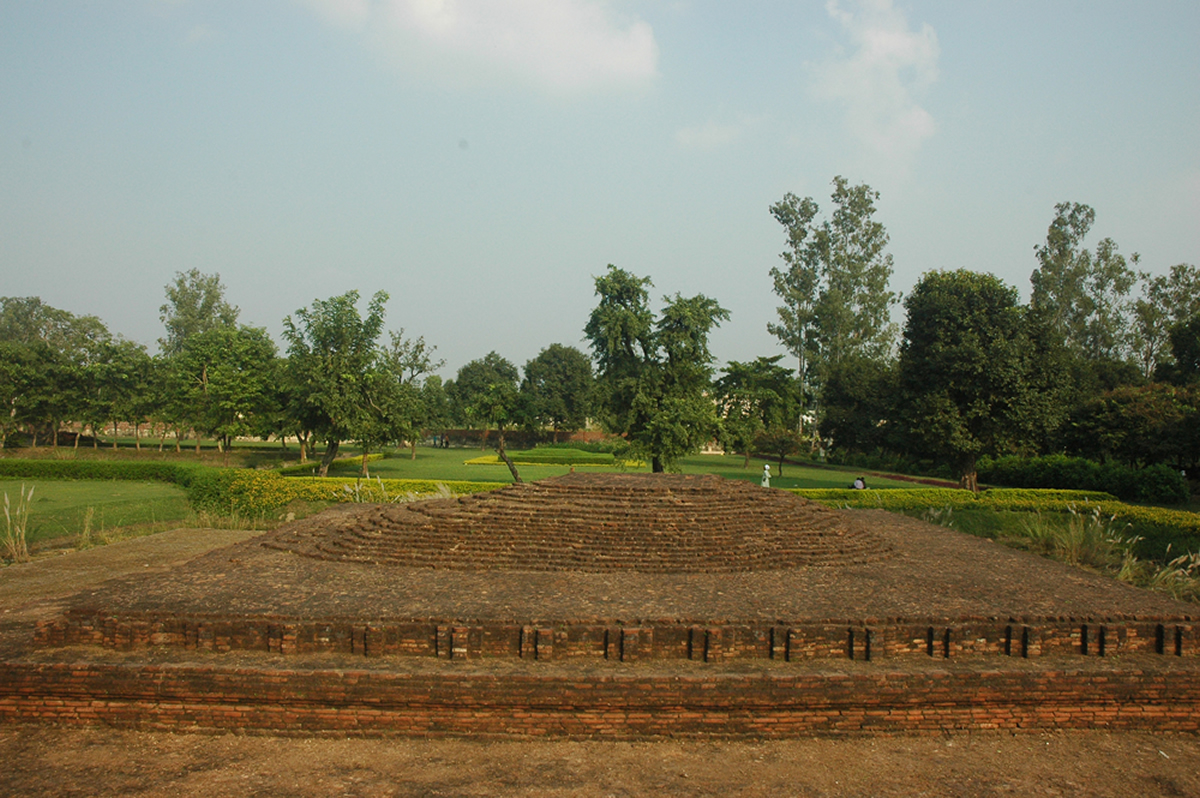





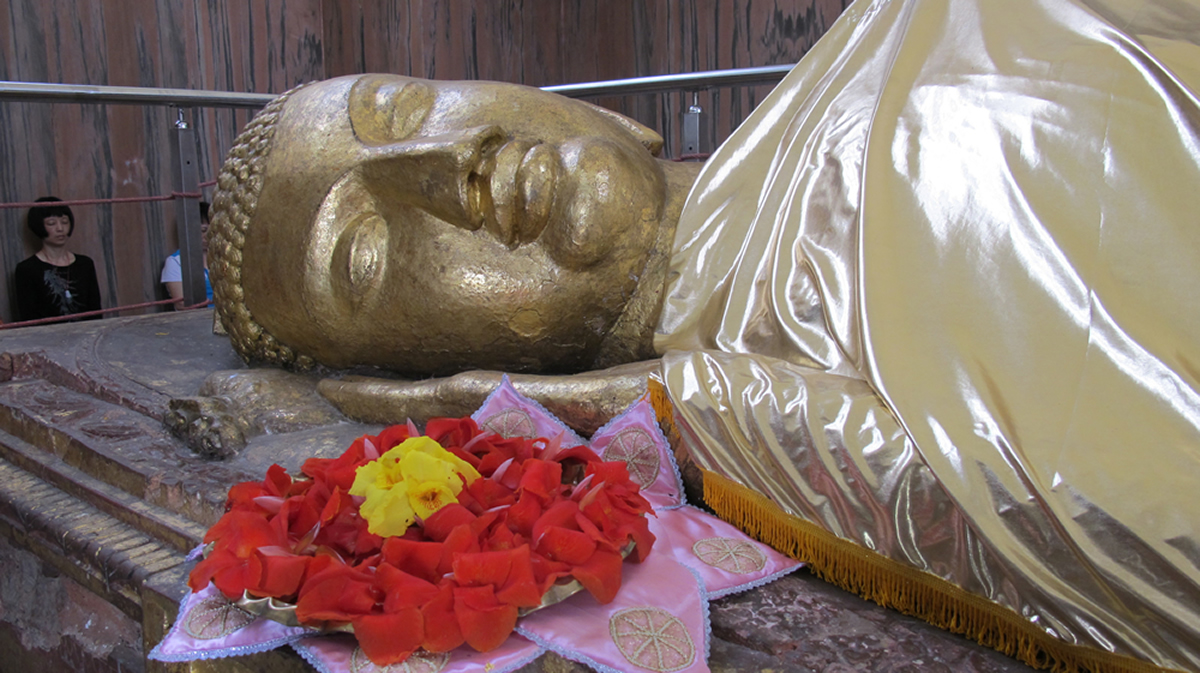





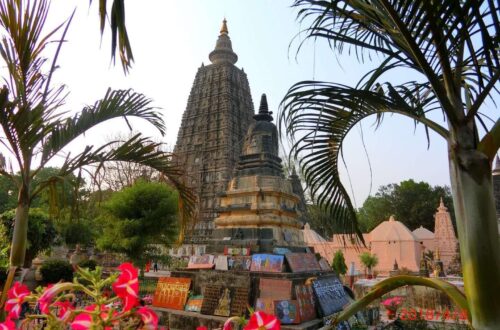

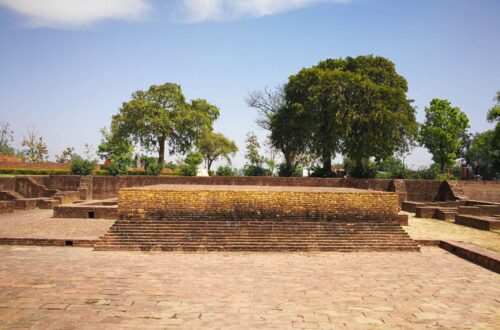
5 Comments
Click here
Your blog articles spark a brilliance that illuminates my day. Thank you for that!
Jaclyn
I gained new knowledge today thanks to your website. Keep up the great work!
Donald
Your posts consistently offer useful insights; you are a reliable source of expertise.
Aaron
I feel like I’ve unearthed a goldmine of insights through your blog. Thank you for sharing it.
Madlyn
Your online space feels like a fountain of knowledge and inspiration. Thank you for sharing it with us.